- Dominik Škoda
- 27184 views
- 0 comments

We all know who discovered America. But not everyone knows that America discovered Americano.
When the first American diluted espresso
America is, in terms of coffee culture, the land of filter coffee. And it has been for more than a century. Thus, American movies have domesticated the restaurant scene where the waitress walks around the guests with a pot full of coffee and pours it into large mugs. And that's the kind of coffee Americans have been used to for generations. So no one can be surprised at the surprise of the American soldiers who, as liberators, were served their beloved espresso by the Italians at the end of the Second World War.
Nowadays, of course, no one knows which soldier was the first to pour the espresso into the cup and refill it with hot water. But you can imagine the shock of the Italian servers. The euphoria of the end of the war no doubt helped, but in any case, "watered-down espresso" served in large cups became widespread, and under the name of Americano coffee.
America as a continent, however, had to wait quite a long time for this "own" drink. It was not until the 1990s that this coffee appeared on the Starbucks menu.
How much extra water in an americano?
- So you already know that an coffee Americano is created when you fill the finished espresso with hot water. Originally it was a 1:1 ratio, but you'll also see 1:2 or even 1:4. Ultimately, it depends on the preferences of the consumer.
- It is quite crucial that you add water to the already finished coffee. So you don't brew the coffee in more water, because then you would get lungo. Moreover, the coffee is diluted by the consumer. So if you order an Americano in a café, you get an espresso in a larger cup and a pot of hot water to go with it. The resulting drink is of course relatively low in caffeine, if you dilute 30ml of espresso into the resulting 60-120ml of drink, you can expect a dose of 50-70mg of caffeine.
- As far as coffee types are concerned, experts advise preparing Americano from a mixture of Arabica (90%) and Robusta (10%). This will ensure a more stable and thicker froth.
- Roasting level can range from medium to dark, the darker the coffee you use, the more bitter and less acidic the resulting drink will be.
- Grind is recommended to be fine or medium.
Nowadays, no one will serve you an Americano with an emphatically raised eyebrow to make it clear - as soon as you grip the teapot and tilt it over the cup - that "this is not coffee anymore".
Café Americano is here for those who like their coffee in a big mug but don't need a caffeine bomb.

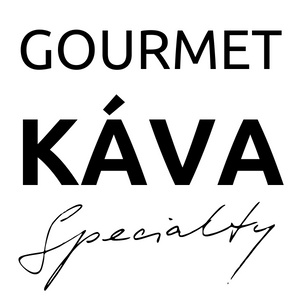


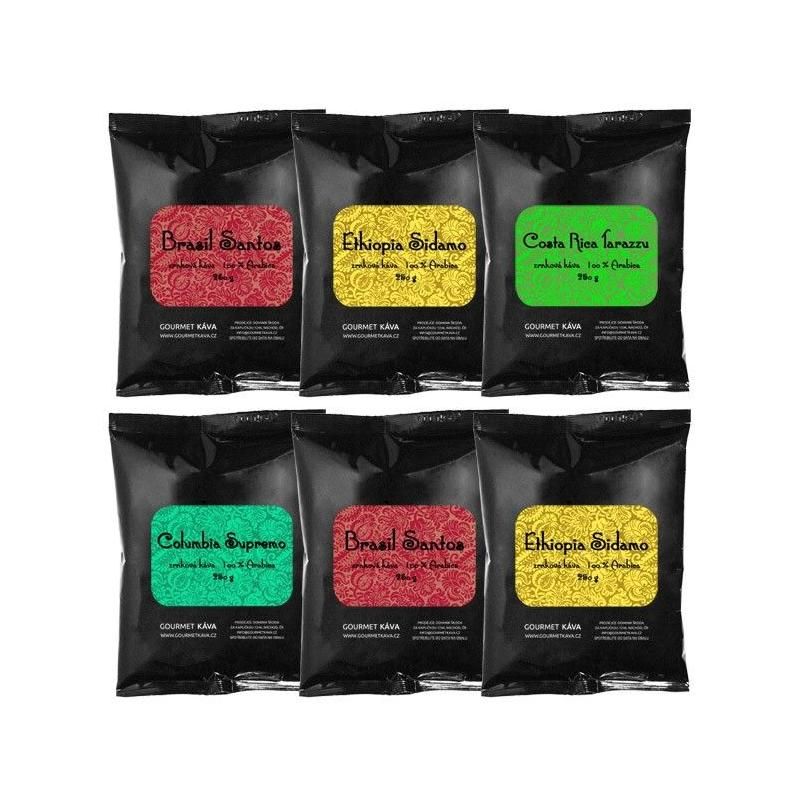






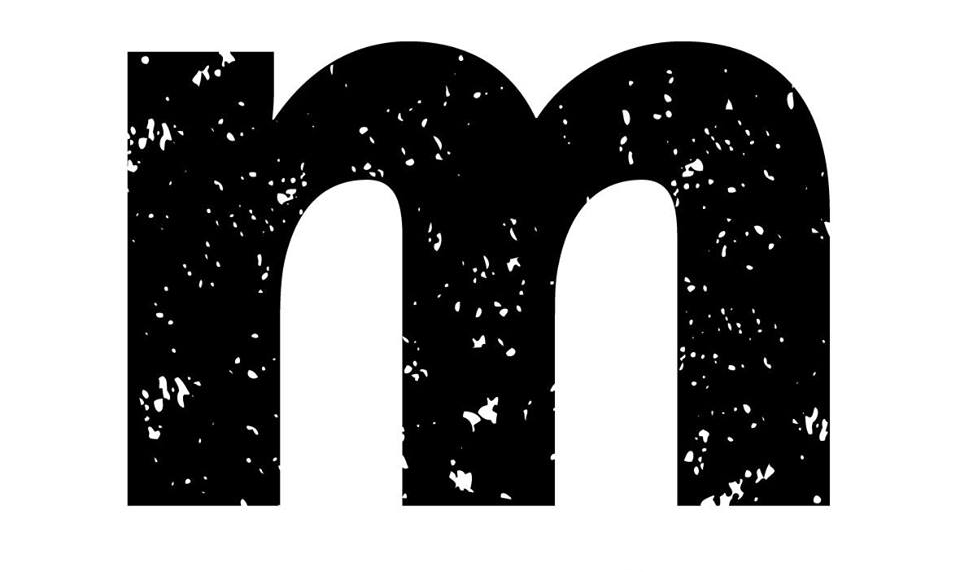








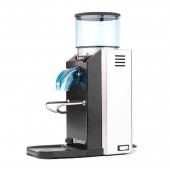


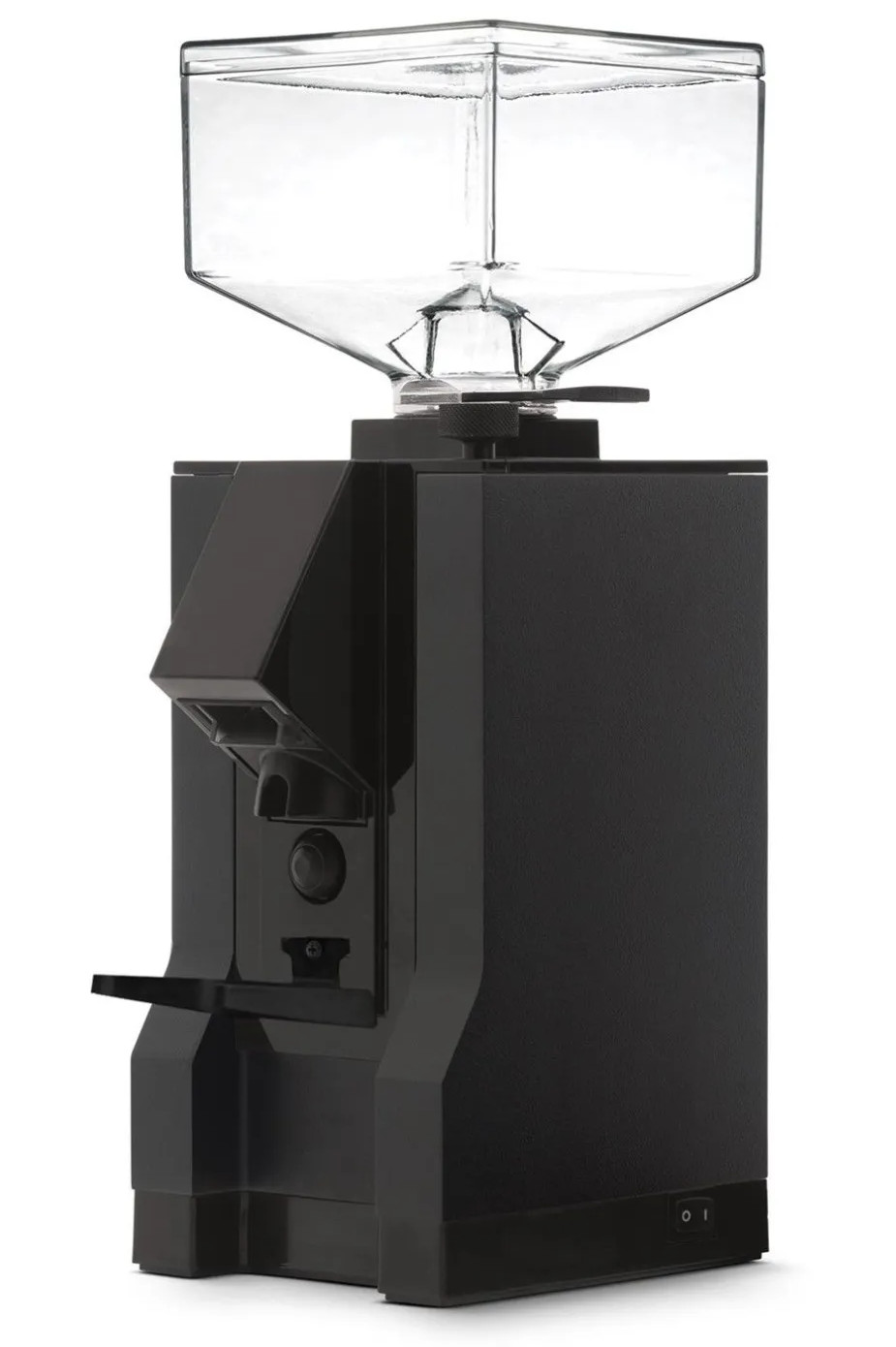

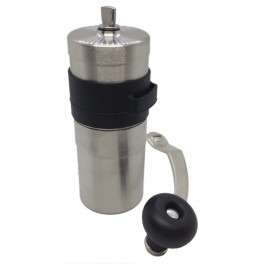
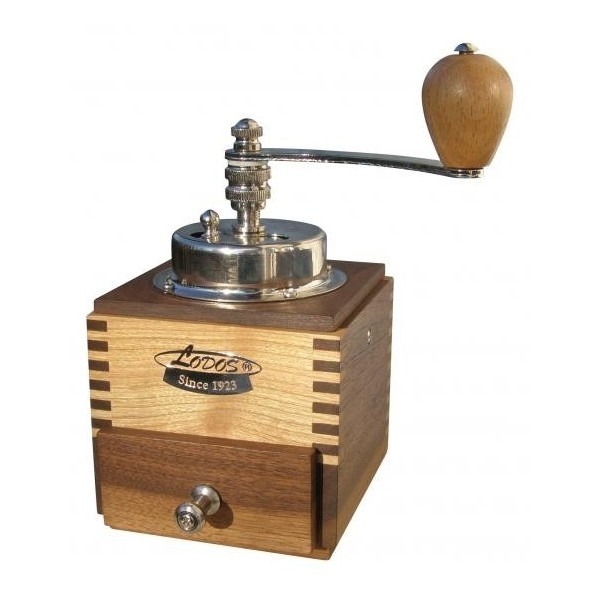
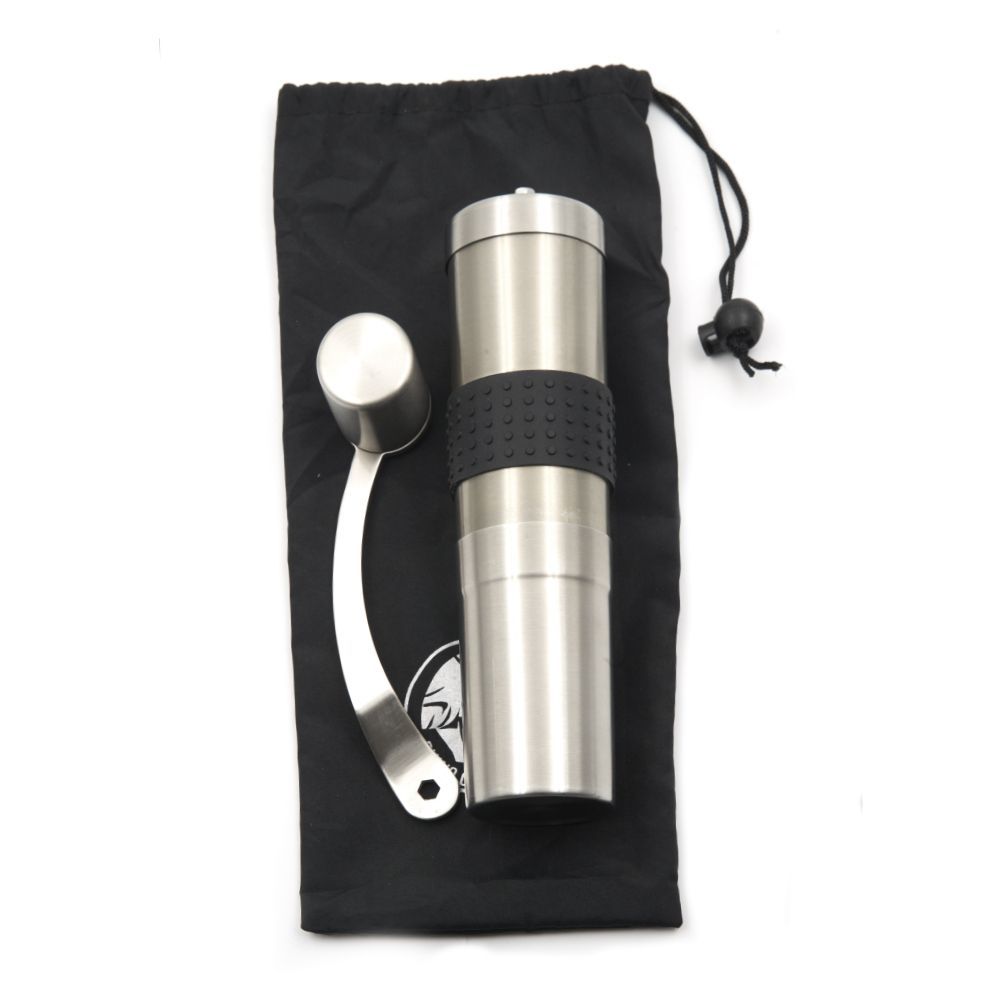
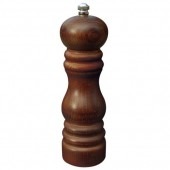





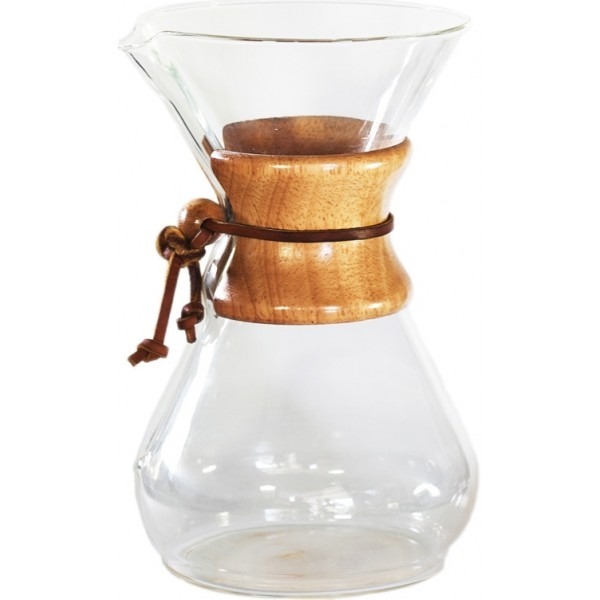

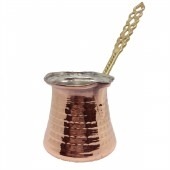
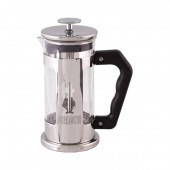




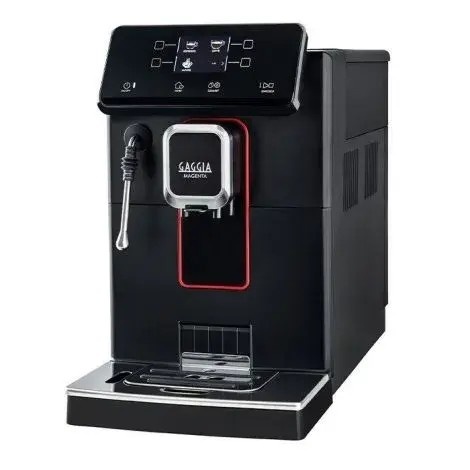
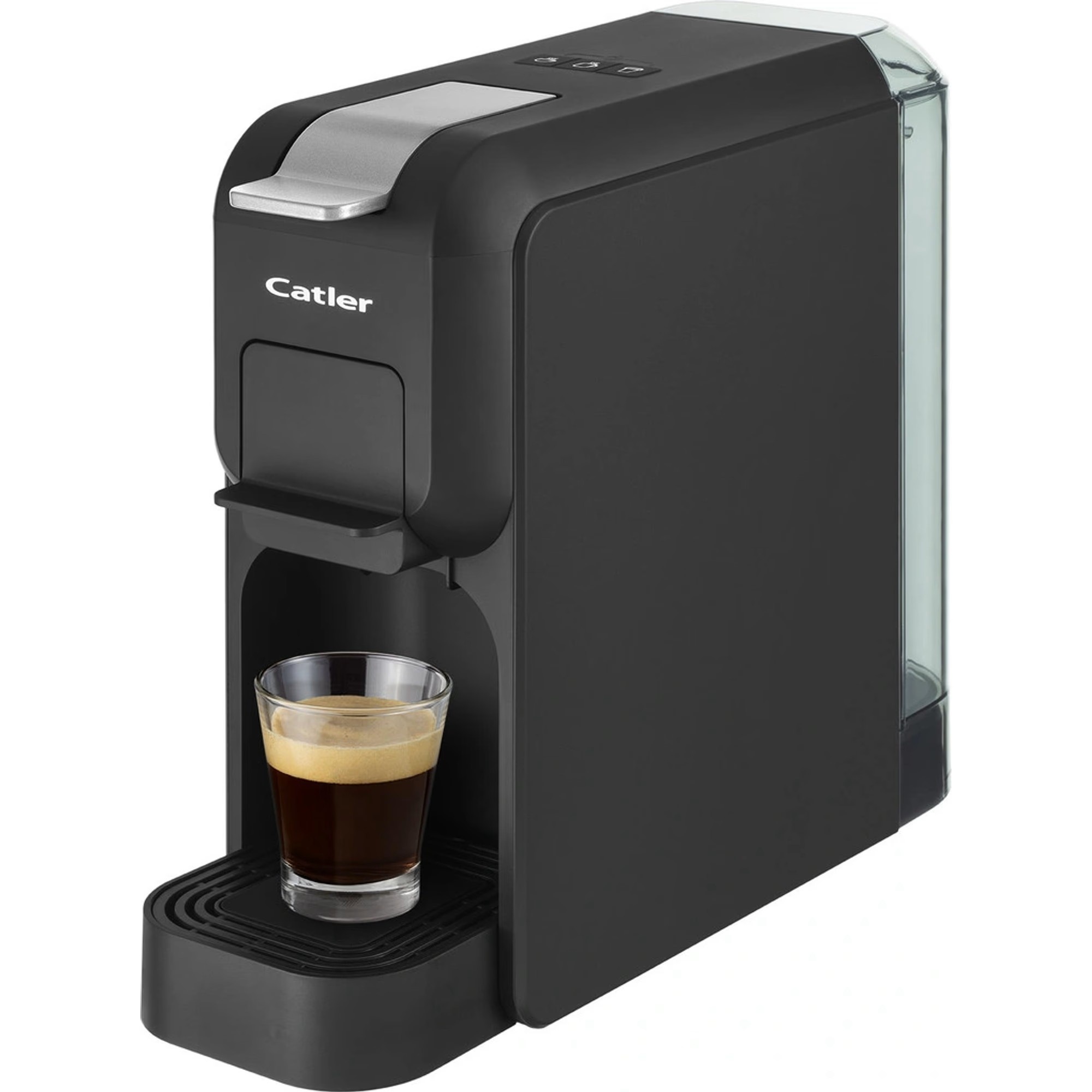
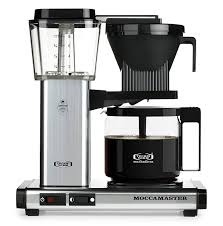






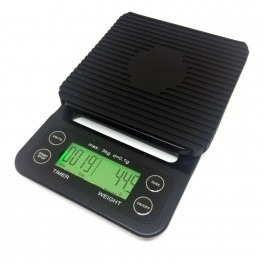

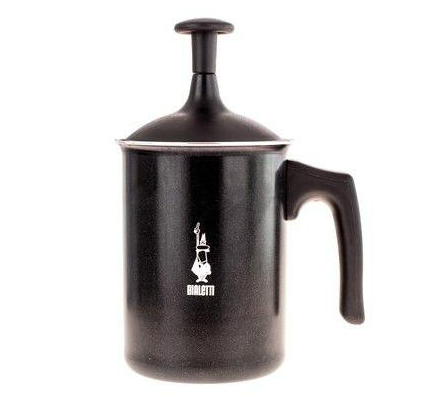
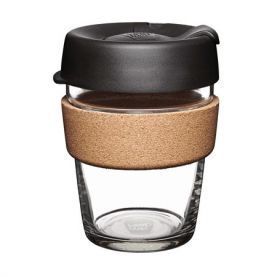
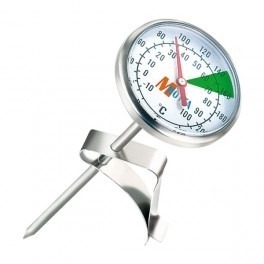
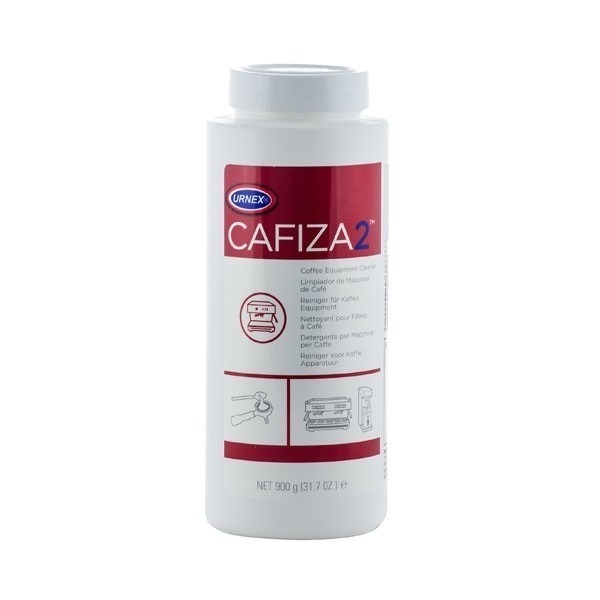

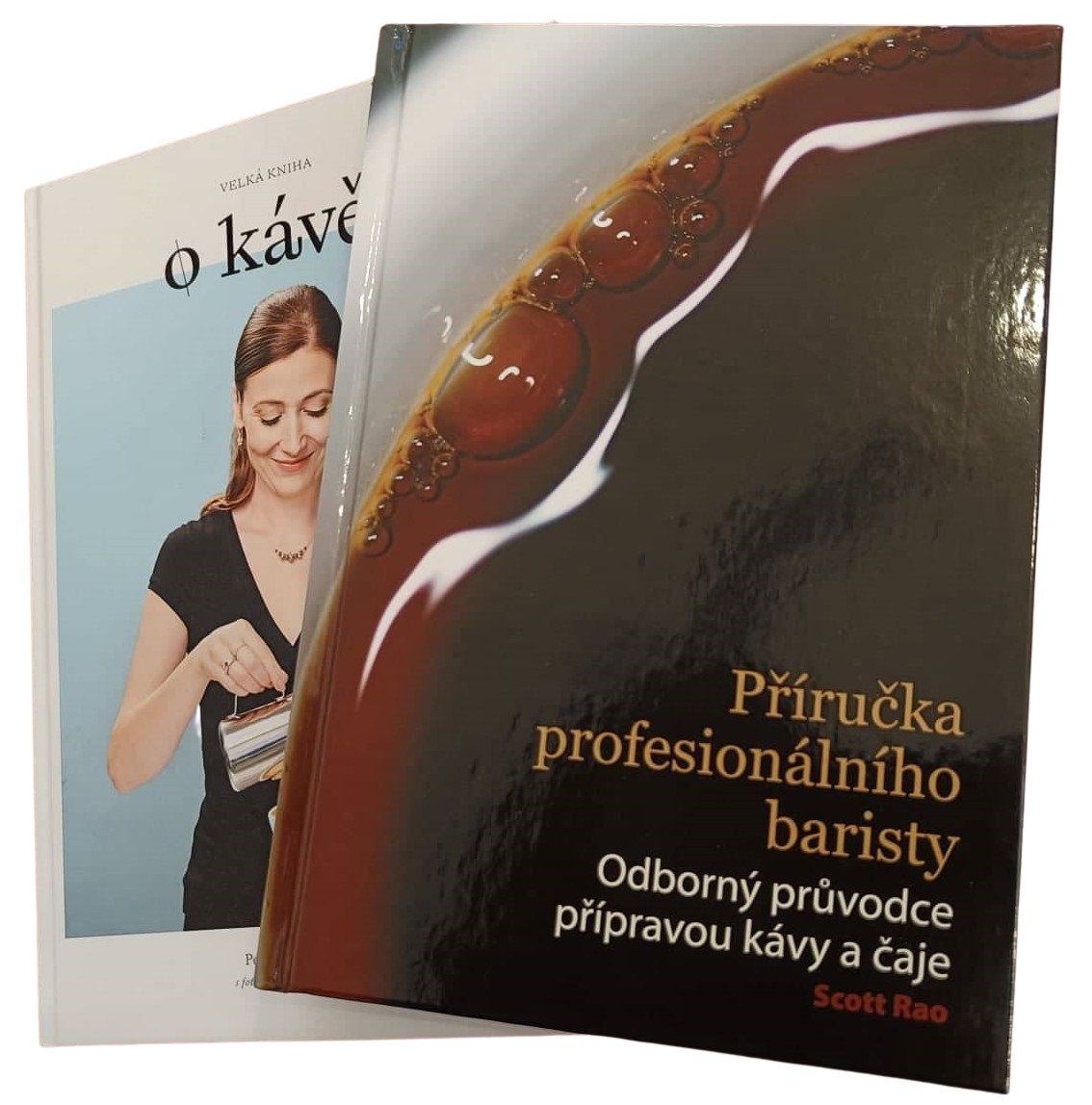
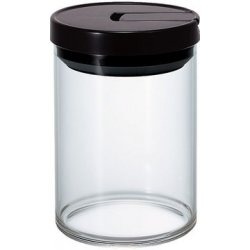



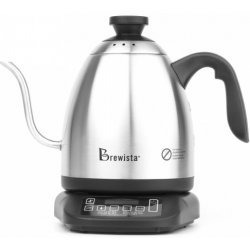

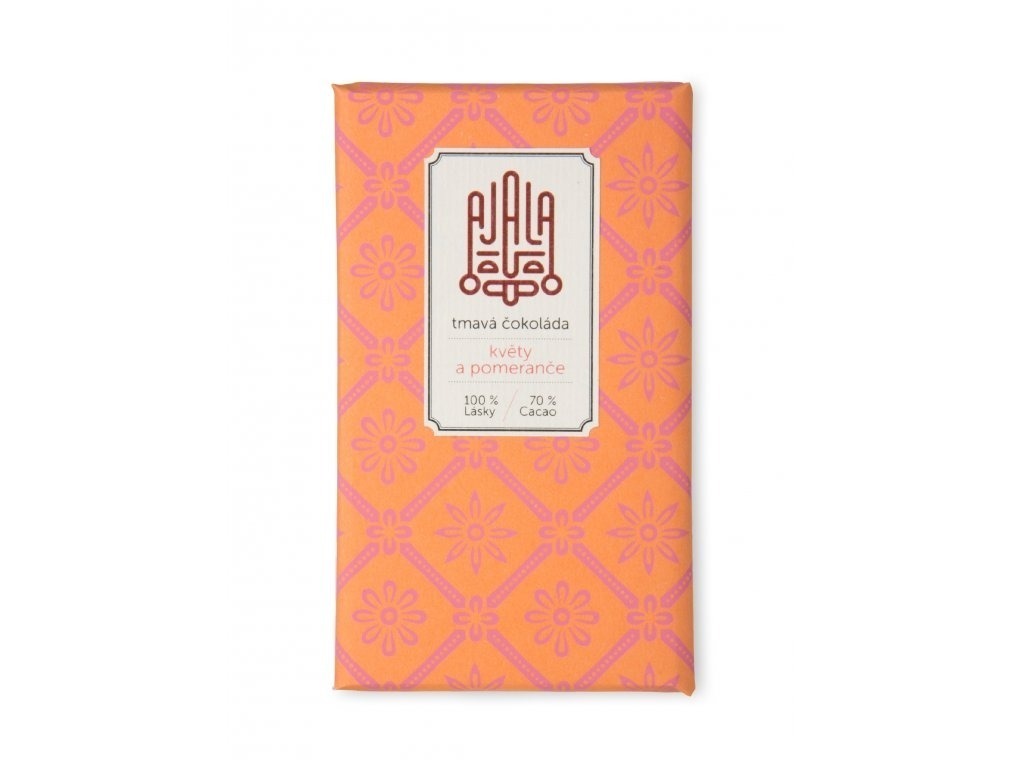
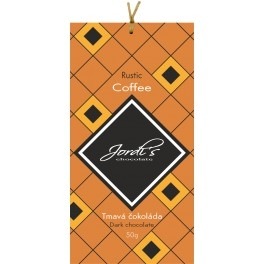
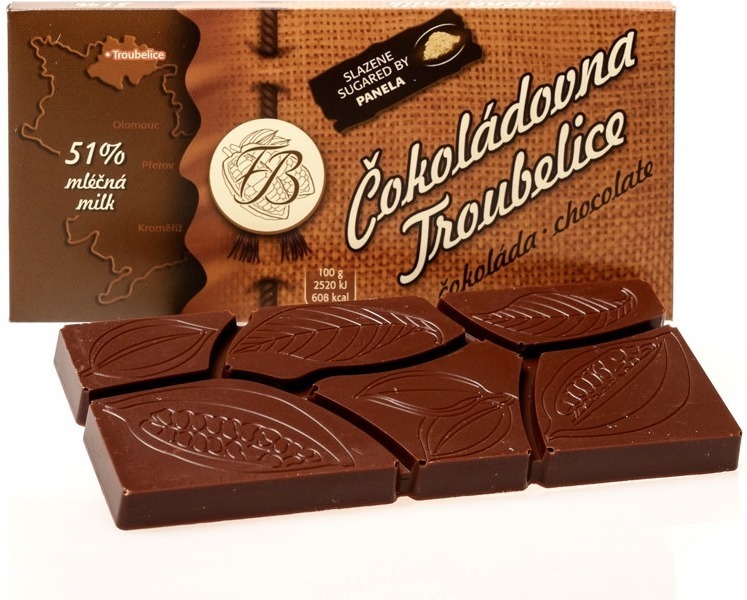




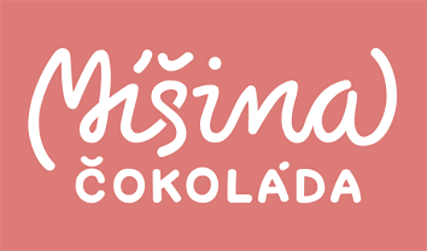

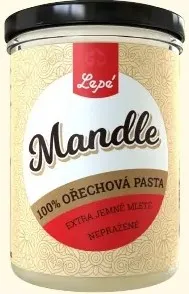
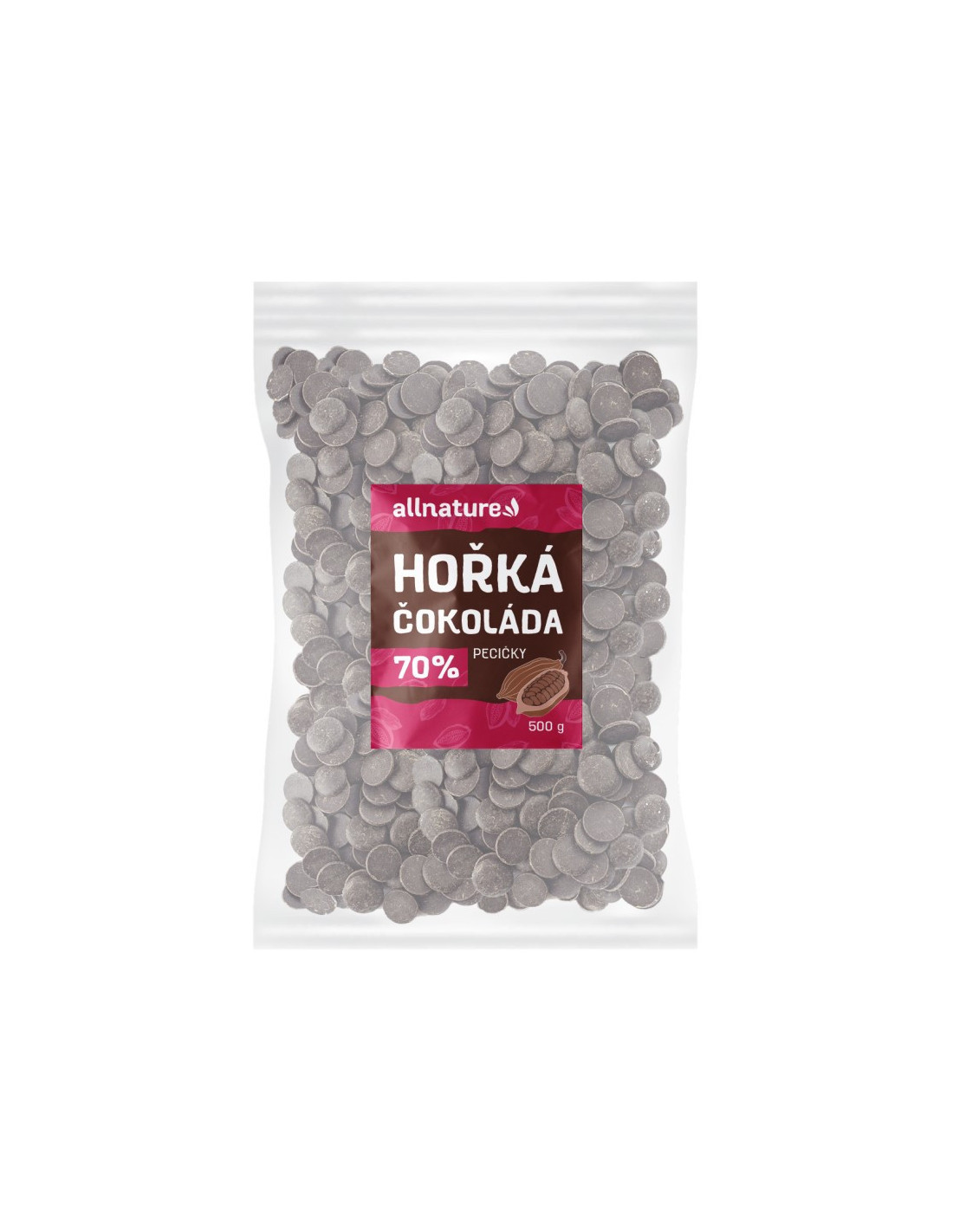



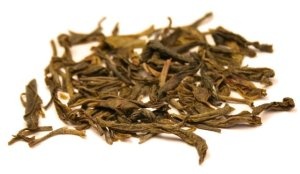
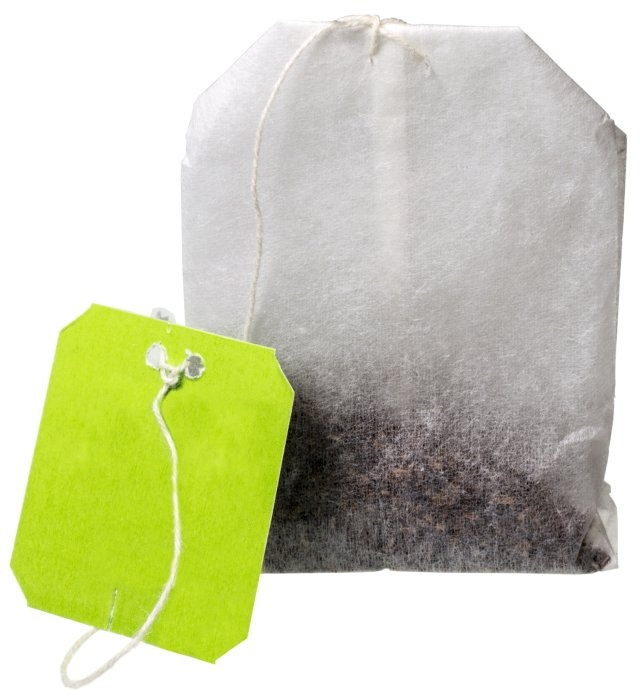

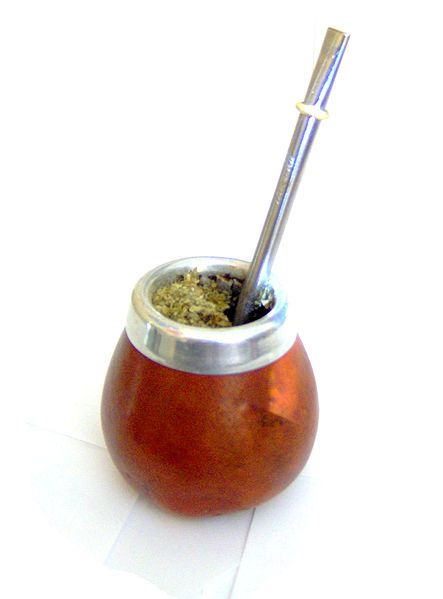

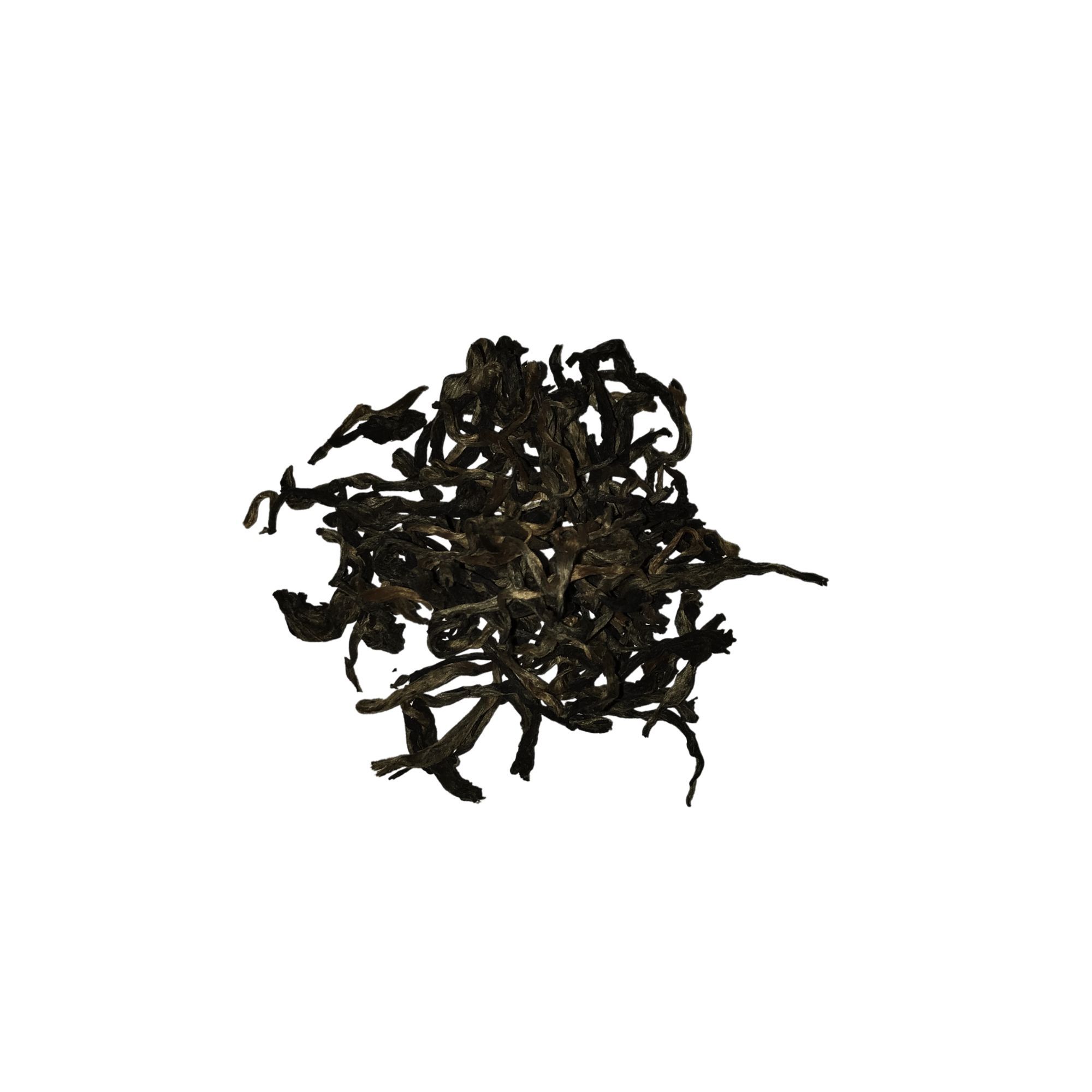

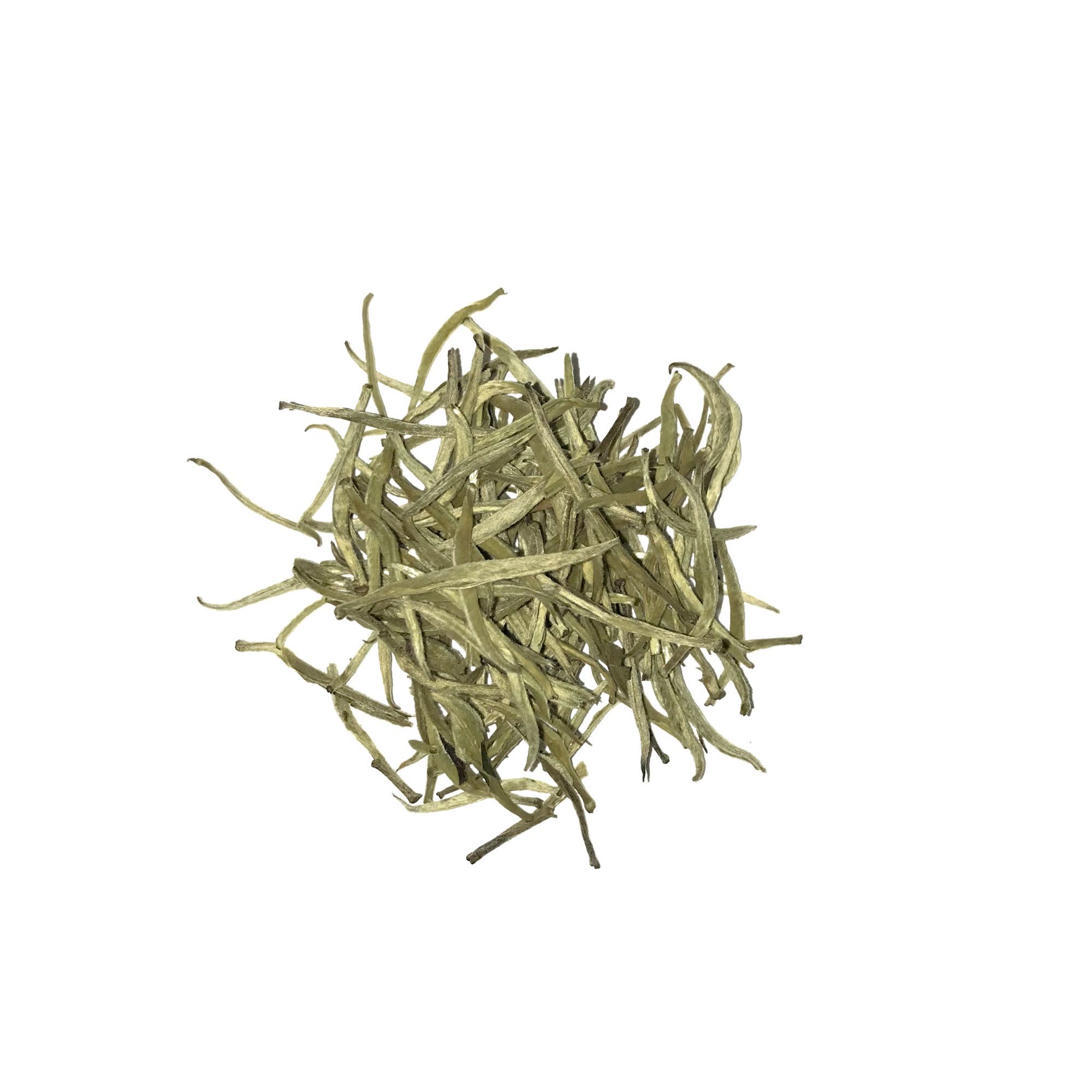

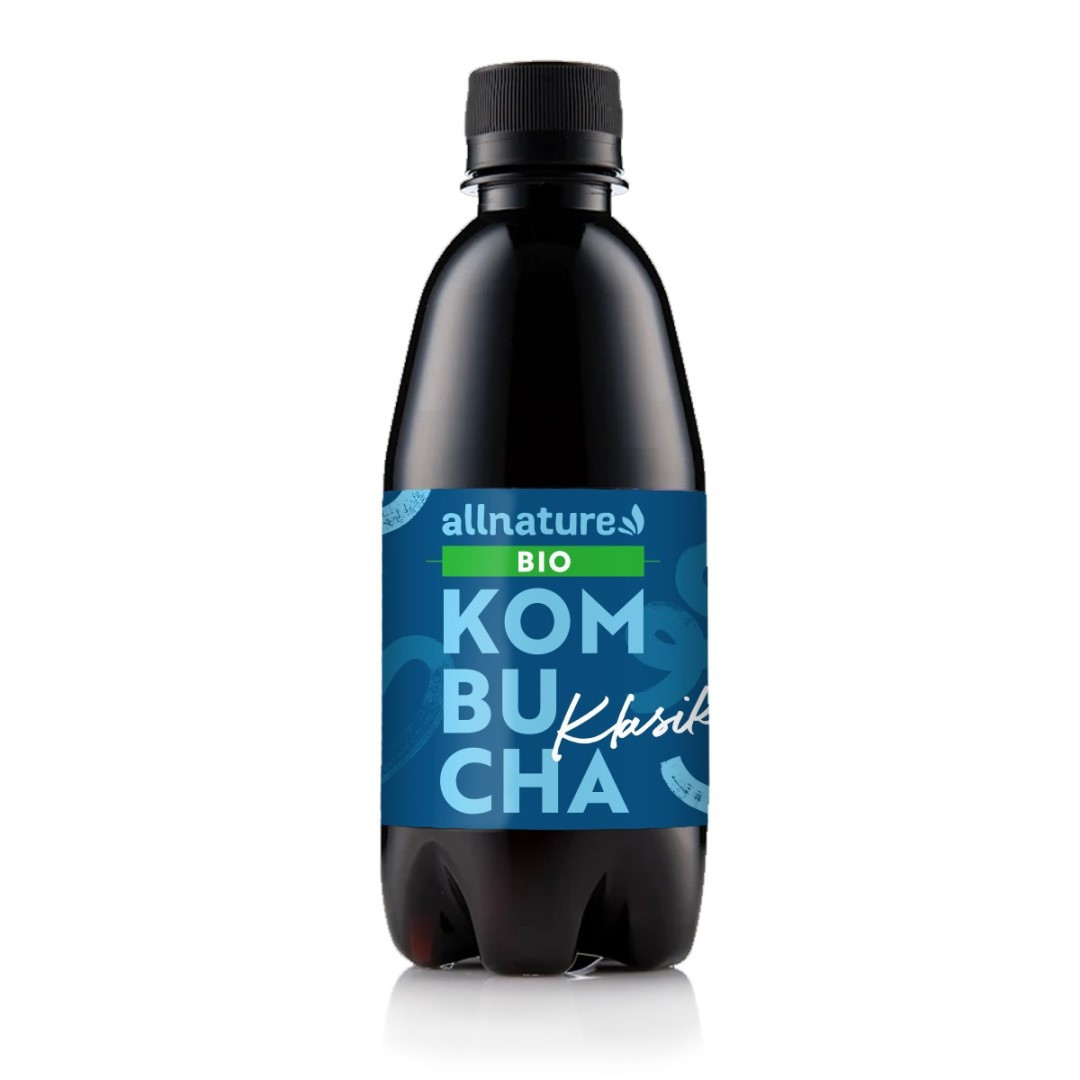

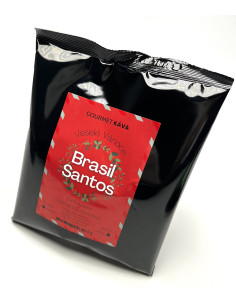
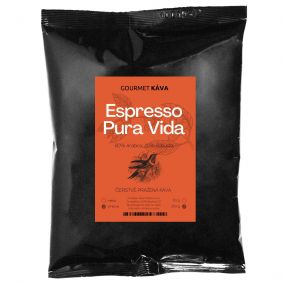

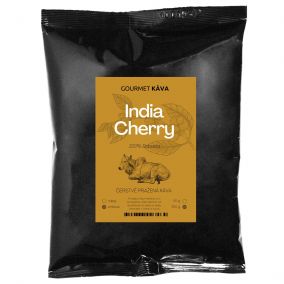

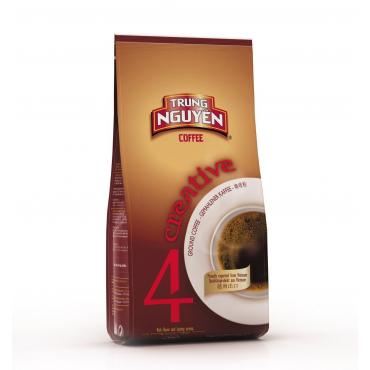


Comments (0)